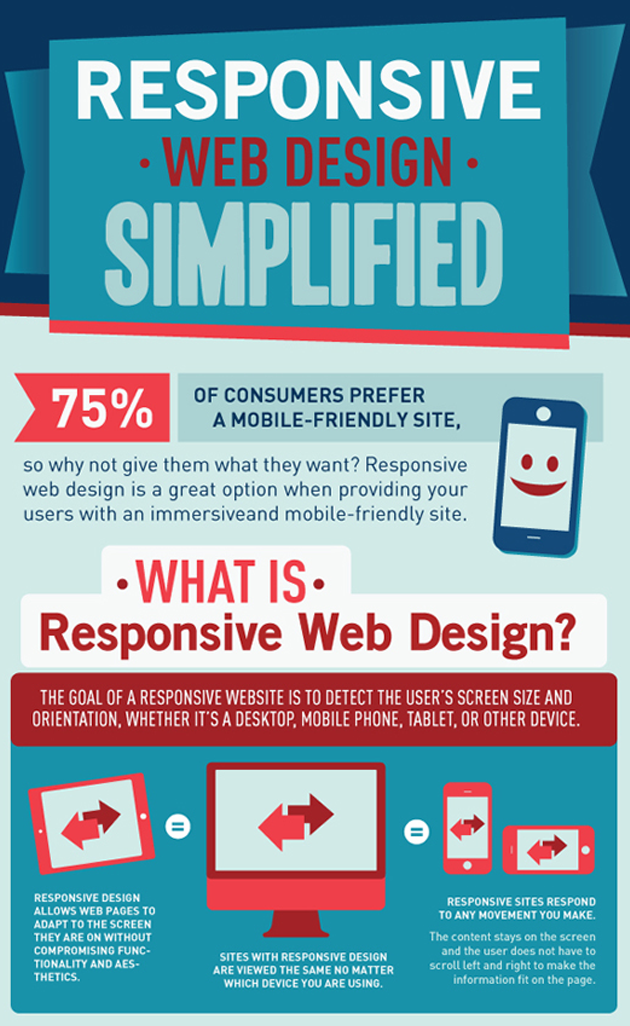Web Site Style: A Trip Via Time.From Modest Beginnings To Modern-Day Marvels, Web Site Style Has Actually Undergone A Considerable Improvement For Many Years
Web Site Style: A Trip Via Time.From Modest Beginnings To Modern-Day Marvels, Web Site Style Has Actually Undergone A Considerable Improvement For Many Years
Blog Article
Content Develop By-Jonasson Cantu
In the past, web sites were straightforward and concentrated on details. https://www.forbes.com/sites/forbesbusinesscouncil/2020/04/23/five-tips-to-outrank-the-competition-with-seo/ was direct, and layout was for desktops. Currently, customer experience is crucial. Data guides styles for easy navigation. Receptive designs match various tools. Today, dark mode lowers strain, and minimalist menus improve navigating. Interactive attributes involve customers, and vibrant visuals attract attention. AI integration boosts interaction. See how style has evolved to boost your on-line journey.
Very Early Days of Web Design
In the early days of web design, simpleness preponderated. learn the facts here now were fundamental, with minimal shades, fonts, and formats. The focus was on supplying information as opposed to showy visuals. Users accessed the net via slow dial-up links, so speed and functionality were vital.
Navigation food selections were straightforward, commonly located on top or side of the page. Sites were designed for desktop, as mobile browsing had not been yet prevalent. Web content was king, and developers focused on simple readability over intricate layout aspects.
HTML was the key coding language made use of, and developers needed to function within its constraints. Animations and interactive attributes were minimal contrasted to today's standards. Websites were static, with little dynamic content or customized customer experiences.
Rise of User-Focused Style
With the evolution of site layout, a shift in the direction of user-focused style principles has actually become increasingly noticeable. Today, creating websites that focus on individual experience is essential for involving visitors and achieving service objectives. User-focused design involves understanding the requirements, choices, and habits of your target audience to tailor the internet site's design, web content, and includes accordingly.
Developers currently conduct comprehensive study, such as user surveys and usability testing, to collect insights and responses directly from individuals. This data-driven strategy helps in producing intuitive navigating, clear calls-to-action, and aesthetically attractive user interfaces that resonate with site visitors. By placing the customer at the center of the design process, sites can supply a much more customized and satisfying experience.
Responsive style has actually also become a vital aspect of user-focused design, making sure that web sites are maximized for various gadgets and screen dimensions. This flexibility improves ease of access and use, catering to the diverse methods customers connect with internet sites today. In essence, the rise of user-focused layout represents a shift towards developing digital experiences that prioritize the requirements and assumptions of completion user.
Modern Trends in Website Design
Check out the most recent trends shaping web design today. One noticeable trend is dark setting layout, using a smooth and modern-day appearance while reducing eye pressure in low-light atmospheres. An additional vital trend is minimalist navigation, streamlining menus and boosting individual experience by concentrating on essential elements. Integrating micro-interactions, such as computer animated buttons or scrolling results, can create an extra interesting and interactive web site. Receptive design remains essential, ensuring smooth user experiences across different tools. Furthermore, using vibrant typography and unbalanced designs can include visual passion and accentuate specific content.
Integrating AI modern technology, like chatbots for consumer assistance or individualized suggestions, enhances customer interaction and enhances procedures. Accessibility has also become a considerable fad, with designers focusing on inclusive design practices to cater to varied individual demands. Welcoming sustainability by maximizing site efficiency for speed and performance is one more arising pattern in website design. Working together with user responses and information analytics to repeat and enhance design constantly is crucial for staying appropriate in the ever-evolving digital landscape. By accepting these modern fads, you can produce a visually attractive, user-friendly internet site that reverberates with your target market.
Conclusion
As you review the advancement of web site design from the very early days to now, you can see just how user-focused design has become the driving pressure behind modern-day patterns.
Accept the trip of change and adjustment in website design, always maintaining the user experience at the center.
Remain present with the most up to date fads and modern technologies, and never quit advancing your technique to produce visually magnificent and user-friendly sites.
Evolve, adapt, and develop - the future of web design is in your hands.
